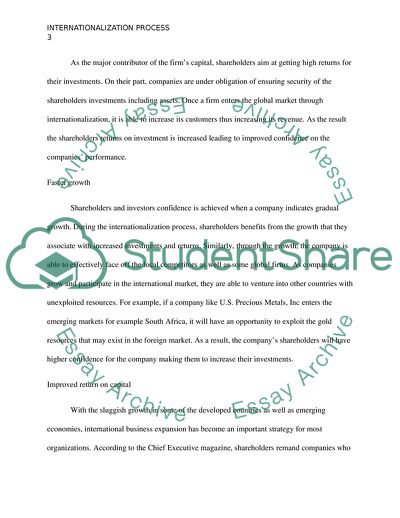Cite this document
(The internationalization process, multinationality and value creation Admission/Application Essay, n.d.)
The internationalization process, multinationality and value creation Admission/Application Essay. https://studentshare.org/finance-accounting/1864047-the-internationalization-process-multinationality-and-value-creation
The internationalization process, multinationality and value creation Admission/Application Essay. https://studentshare.org/finance-accounting/1864047-the-internationalization-process-multinationality-and-value-creation
(The Internationalization Process, Multinationality and Value Creation Admission/Application Essay)
The Internationalization Process, Multinationality and Value Creation Admission/Application Essay. https://studentshare.org/finance-accounting/1864047-the-internationalization-process-multinationality-and-value-creation.
The Internationalization Process, Multinationality and Value Creation Admission/Application Essay. https://studentshare.org/finance-accounting/1864047-the-internationalization-process-multinationality-and-value-creation.
“The Internationalization Process, Multinationality and Value Creation Admission/Application Essay”. https://studentshare.org/finance-accounting/1864047-the-internationalization-process-multinationality-and-value-creation.


